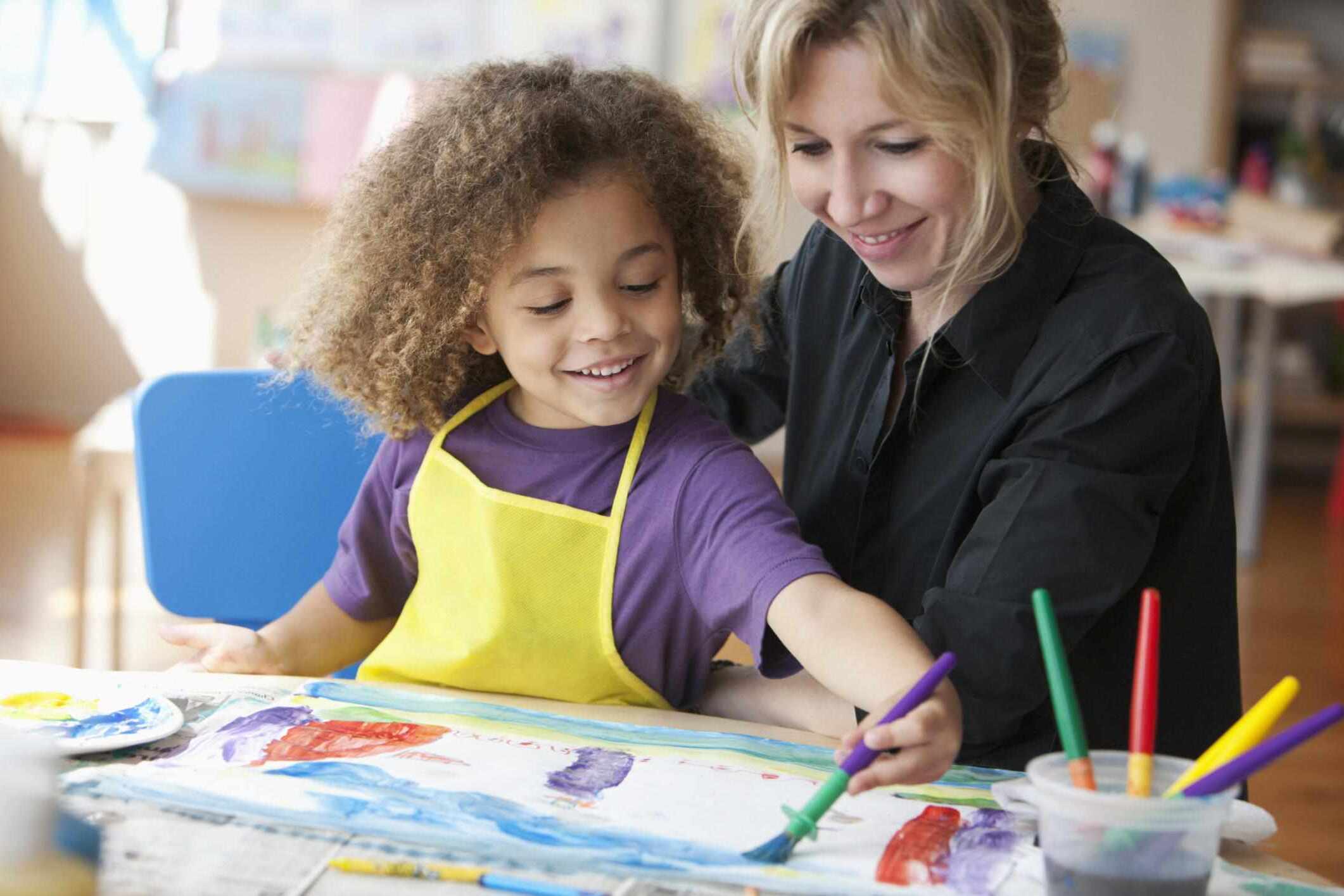
Art therapy is a powerful tool that combines creativity and mental health. But what exactly is art therapy? It's a form of psychotherapy that uses art-making as a way to help people express themselves, explore emotions, and improve overall well-being. This practice can benefit anyone, from children to adults, and is especially helpful for those who find it hard to articulate their feelings with words. Why is art therapy effective? It taps into the non-verbal parts of the brain, allowing individuals to process complex emotions and experiences in a safe, supportive environment. Whether dealing with stress, trauma, or mental health issues, art therapy offers a unique and impactful way to heal and grow.
Key Takeaways:
- Art therapy combines psychology and art to help people express themselves and improve mental health. It's not just about drawing or painting, but also includes sculpture, collage, and digital art.
- Art therapy offers numerous benefits, from reducing stress and improving emotional resilience to enhancing communication skills and supporting specific mental health conditions. It can be used in various settings, from hospitals to schools, and even with children and the elderly.
What is Art Therapy?
Art therapy uses creative processes to improve mental health and well-being. It combines psychology and art to help people express themselves. Here are some fascinating facts about this unique form of therapy.
-
Art therapy began in the mid-20th century. It was first recognized as a distinct form of therapy in the 1940s.
-
Margaret Naumburg, often called the "mother of art therapy," was a pioneer in the field. She believed that artistic expression could reveal unconscious thoughts.
-
Art therapy is not just about drawing or painting. It includes various forms of creative expression like sculpture, collage, and digital art.
-
This therapy can help people of all ages. From children to the elderly, anyone can benefit from art therapy.
Benefits of Art Therapy
Art therapy offers numerous benefits for mental and emotional health. It can help people cope with stress, anxiety, and other issues.
-
Art therapy can reduce stress. Creating art helps lower cortisol levels, the hormone associated with stress.
-
It improves emotional resilience. Art therapy helps people process and express their emotions in a healthy way.
-
This therapy can enhance self-esteem. Completing an art project gives a sense of accomplishment and boosts confidence.
-
Art therapy can improve communication skills. It provides a non-verbal way to express thoughts and feelings.
Art Therapy in Different Settings
Art therapy is used in various settings, from hospitals to schools. Each setting offers unique benefits and challenges.
-
Hospitals often use art therapy for patients with chronic illnesses. It helps them cope with pain and anxiety.
-
Schools use art therapy to support students with emotional and behavioral issues. It provides a safe space for self-expression.
-
Art therapy is also used in prisons. It helps inmates deal with their emotions and reduces aggressive behavior.
-
Veterans benefit from art therapy. It helps them process trauma and improve their mental health.
Techniques Used in Art Therapy
Different techniques are used in art therapy to achieve various therapeutic goals. Each technique offers unique benefits.
-
Mandala drawing is a common technique. Creating mandalas can help with focus and relaxation.
-
Collage-making allows for self-expression. It helps people piece together different aspects of their lives.
-
Clay modeling is another popular technique. Working with clay can be calming and grounding.
-
Digital art is increasingly used in art therapy. It offers a modern way to engage in creative expression.
Art Therapy for Specific Conditions
Art therapy can be tailored to address specific mental health conditions. It offers unique benefits for each condition.
-
Art therapy is effective for treating PTSD. It helps people process traumatic memories in a safe environment.
-
It can also help with depression. Creating art provides a positive outlet for negative emotions.
-
Art therapy is beneficial for anxiety disorders. It helps people manage their symptoms through creative expression.
-
This therapy can support those with eating disorders. It helps them explore body image issues and develop healthier self-perceptions.
Art Therapy for Children
Children can benefit greatly from art therapy. It offers a fun and engaging way to address emotional and behavioral issues.
-
Art therapy helps children with ADHD. It improves focus and reduces hyperactivity.
-
It can support children dealing with grief. Creating art provides a way to express their feelings of loss.
-
Art therapy is beneficial for children with autism. It helps them improve social skills and emotional regulation.
-
This therapy can also help children who have experienced trauma. It provides a safe space for them to process their experiences.
Art Therapy for the Elderly
Elderly individuals can also benefit from art therapy. It offers a way to improve mental health and quality of life.
-
Art therapy can help with dementia. It stimulates cognitive function and improves memory.
-
It can reduce feelings of isolation. Creating art provides a social activity that can be done in groups.
-
Art therapy can improve motor skills. Working with different materials helps maintain dexterity.
-
This therapy can also enhance mood. Engaging in creative activities can reduce feelings of depression and anxiety.
Art Therapy and Neuroscience
Recent research has explored the connection between art therapy and brain function. These findings offer exciting insights.
-
Art therapy can change brain structure. Studies show it can increase connectivity in the brain.
-
It activates the reward center of the brain. Creating art releases dopamine, a feel-good neurotransmitter.
-
Art therapy can improve neuroplasticity. It helps the brain adapt and reorganize itself.
-
This therapy can also enhance cognitive function. Engaging in creative activities improves problem-solving skills.
The Future of Art Therapy
The field of art therapy continues to evolve. New techniques and technologies are being developed to enhance its effectiveness.
- Virtual reality is being explored in art therapy. It offers immersive experiences that can enhance therapeutic outcomes.
The Power of Art Therapy
Art therapy offers a unique way to express emotions and heal. It combines creativity with mental health support, making it a powerful tool for many. Whether dealing with stress, trauma, or just needing a creative outlet, art therapy can help. It’s not just for artists; anyone can benefit from it. The process of creating art can lead to self-discovery and emotional release. Plus, it’s a fun way to explore your thoughts and feelings.
Remember, you don’t need to be good at art to start. The focus is on the process, not the end result. So, grab some paint, markers, or clay and let your creativity flow. You might be surprised at how much better you feel. Art therapy is a journey worth taking for your mental well-being. Give it a try and see the positive changes it can bring to your life.
Frequently Asked Questions
Was this page helpful?
Our commitment to delivering trustworthy and engaging content is at the heart of what we do. Each fact on our site is contributed by real users like you, bringing a wealth of diverse insights and information. To ensure the highest standards of accuracy and reliability, our dedicated editors meticulously review each submission. This process guarantees that the facts we share are not only fascinating but also credible. Trust in our commitment to quality and authenticity as you explore and learn with us.


